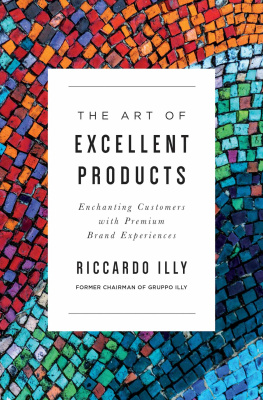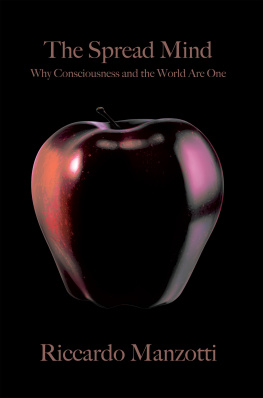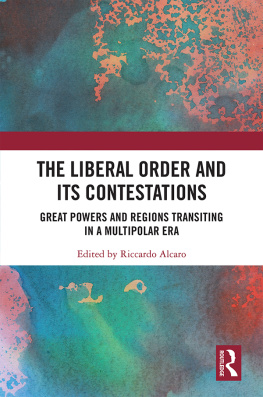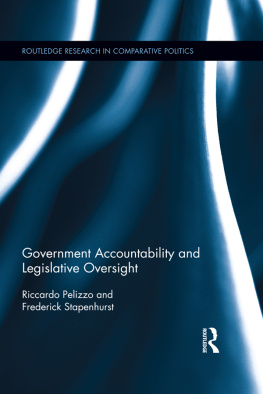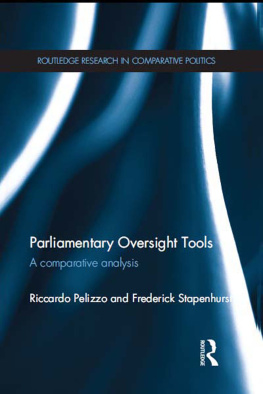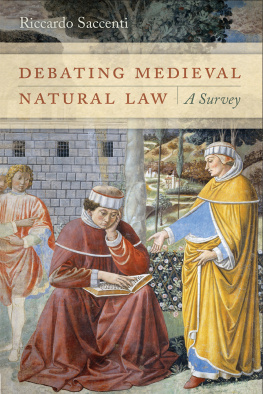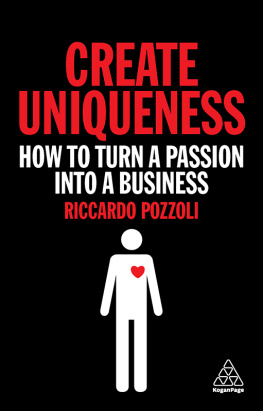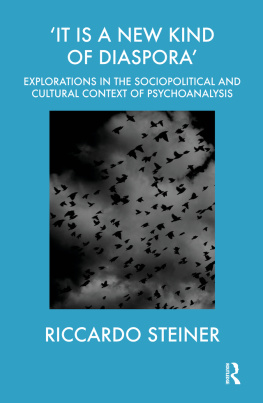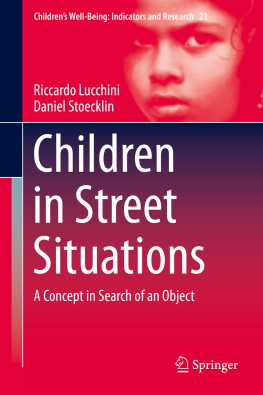Riccardo Illy - The Art of Excellent Products
Here you can read online Riccardo Illy - The Art of Excellent Products full text of the book (entire story) in english for free. Download pdf and epub, get meaning, cover and reviews about this ebook. year: 2021, publisher: HarperCollins, genre: Home and family. Description of the work, (preface) as well as reviews are available. Best literature library LitArk.com created for fans of good reading and offers a wide selection of genres:
Romance novel
Science fiction
Adventure
Detective
Science
History
Home and family
Prose
Art
Politics
Computer
Non-fiction
Religion
Business
Children
Humor
Choose a favorite category and find really read worthwhile books. Enjoy immersion in the world of imagination, feel the emotions of the characters or learn something new for yourself, make an fascinating discovery.
- Book:The Art of Excellent Products
- Author:
- Publisher:HarperCollins
- Genre:
- Year:2021
- Rating:4 / 5
- Favourites:Add to favourites
- Your mark:
- 80
- 1
- 2
- 3
- 4
- 5
The Art of Excellent Products: summary, description and annotation
We offer to read an annotation, description, summary or preface (depends on what the author of the book "The Art of Excellent Products" wrote himself). If you haven't found the necessary information about the book — write in the comments, we will try to find it.
The Art of Excellent Products — read online for free the complete book (whole text) full work
Below is the text of the book, divided by pages. System saving the place of the last page read, allows you to conveniently read the book "The Art of Excellent Products" online for free, without having to search again every time where you left off. Put a bookmark, and you can go to the page where you finished reading at any time.
Font size:
Interval:
Bookmark:
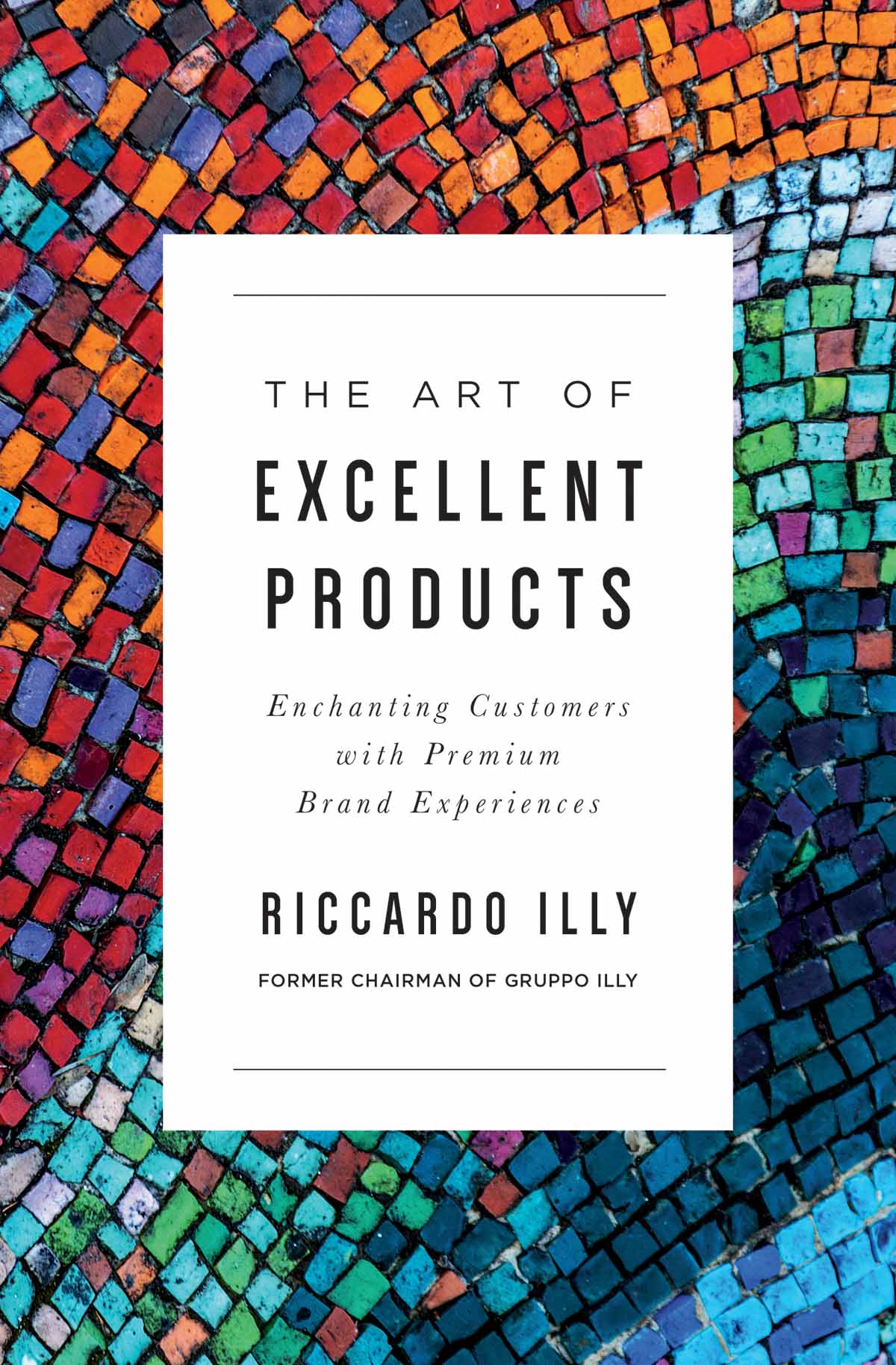
2022 by Riccardo Illy
All rights reserved. No portion of this book may be reproduced, stored in a retrieval system, or transmitted in any form or by any meanselectronic, mechanical, photocopy, recording, scanning, or otherexcept for brief quotations in critical reviews or articles, without the prior written permission of the publisher.
Published by HarperCollins Leadership, an imprint of HarperCollins Focus LLC.
Any internet addresses, phone numbers, or company or product information printed in this book are offered as a resource and are not intended in any way to be or to imply an endorsement by HarperCollins Leadership, nor does HarperCollins Leadership vouch for the existence, content, or services of these sites, phone numbers, companies, or products beyond the life of this book.
ISBN 978-1-4002-2511-8 (eBook)
ISBN 978-1-4002-2510-1 (TP)
Epub Edition December 2021 9781400225118
Library of Congress Control Number: 2021949876
Printed in the United States of America
22 23 24 25 26LSC10 9 8 7 6 5 4 3 2 1
Information about External Hyperlinks in this ebook
Please note that the endnotes in this ebook may contain hyperlinks to external websites as part of bibliographic citations. These hyperlinks have not been activated by the publisher, who cannot verify the accuracy of these links beyond the date of publication
To my wife, Rossana,
and my daughter, Daria
I have lived my whole life in Trieste, in what is now Italy. Our city is not famous in the way that Venice is, or Capri, or Rome. We sit on the easternmost corner of the Italian border, a short drive from Croatia and a little to the west of Slovenia. Our culture, the food, and the local dialect are shaped by our neighbors and by our history as a seafaring people.
We Triestini see ourselves as sailors: the sea is as much a part of the city as the land. In the summer, we sail and swim and fish. In the winter, the Bora wind brings cold air down from the mountains and across the Karst Plateau, behind the city, churning the harbor, throwing up white waves, and chilling the air. Our main square, the largest seafront square in Europe, opens onto the Adriatic Sea. This reflects how closely our fortunes are tied to the water (sometimes literally, when those winter storms flood the piazza).
Trieste is in Italy, but it is not completely Italian. At various points in our history, we have been claimed by Rome, the Germanic Lombards, and the Franks. Napoleon occupied us three times. We were proclaimed a free city by the Holy Roman Empire in the fourteenth century and were under the protection of Austria until November 4, 1918, when we were liberated by the Italian army, only to return to being a stateless city (like Monte Carlo) after World War II. The Iron Curtain was just six miles from the center of our city. Finally, in 1954, we returned to Italy, and we have been happy to consider ourselves Italian ever since. (However, our region, Friuli Venezia Giulia, is one of five autonomous regions in Italy that have greater power over their own legislation and administration, due to diverse cultures and three distinct languages.) Most Triestini carry this collective memory of our cultural rootlessness. Its made us more adventurous and bolder than we might have been otherwise. We take care to preserve our varied past with religious and cultural associations that allow old traditions and knowledge to survive. All the while, the fortunes of our city have ebbed and flowed with the vagaries of history and the ever-changing populations of immigrants who have made their mark on our home.
Trieste is a place that lends itself to beauty. I couldnt live anywhere else. We are known as Vienna on the Sea because of our graceful neoclassical architecture and the many statues that remind us of the Habsburg Monarchy. Our streets bustle with cafs where patrons enjoy midafternoon espresso and cappuccino that only in Trieste are served in the same typical small espresso cup. This caf culture was adopted from the Austrians (along with their appreciation for Doric columns and intricate plasterwork figurines that decorate the interiors of the cafs). There is a special quality of light: maybe it is the Bora, scrubbing the air of pollution, or the way the light reflects off the plateau that sits behind us like an amphitheater. Either way, Trieste is beloved by photographers and artists. It is beloved by writers as well: James Joyce wrote parts of Ulysses here.
My grandfather chose this city to start his business because it was already busy with coffee and caf culture. He realized our port gave us access to the world. But most of all, he loved the experience of living here, as do I. Like him, and like most Triestini, I drive to the mountains on most winter weekends to ski. In the summer, we sail. We see one another in the theaters and operas or in restaurants that line the piazza, eating food pulled fresh from the Adriatic and the mountains and flavored by our history: Austrian omelet, Greek lamb, Hungarian goulash, Slovenian jota (hotpot).
I often wonder if we could have done what we did with illy anywhere else. Probably not.
There are other reasons, besides the simple pleasures of life, that we can operate so effectively here, rather than decamping to a larger center of industry. For one, Trieste has a highly educated population that has access to a large, state-subsidized university. Unlike other secondary and tertiary cities, our young people stay here, even when bigger opportunities beckon from Milan, Rome, London, Tokyo, or New York. Why? Because the quality of life is too good to risk losing. We are a civilized place, a town that offers art, science, commerce, and nature, while also taking care of our citizens with great schools and health care.
This balance between the necessities of modern business and the necessities of a well-lived life is key to our success. The sea has connected us with the global business community. Our culture prioritizes beauty, art, nature, and science. These priorities have allowed us to develop a passion for quality, a desire always to excel, and a determination to leave our world improved rather than degraded. We call these fundamental beliefs Incanto, and they are the foundation of everything we do. illy is a business: we wish to grow and profit and succeed. But we are also woven deeply into our community. Our choices and our actions reverberate through our town and our larger network of global suppliers, sales accounts, and subsidiary companies. Our work is not just for us, it is also for them. Every facet of our business, be it our products, our management, or our employees (many of them members of the same multigenerational families) must be in service of a sustainable future. And this future must be one that focuses on quality and on lasting for generations, supporting our grandchildren and their grandchildren.
Like their contemporary descendants, the Romans were obsessed with quality. They painted elaborate frescoes and set exquisitely detailed mosaics in the floors of their villas. They drank good wine and pressed olives for oil. They mastered a concrete so strong that their buildings survive today (though the technology to mix the concrete has been forgotten). When I ride my motorbike to the office, I pass by the Roman theater. It was built in the first century CE, and though it is weathered and the original facades and walls are long gone, we still use the stage and the amphitheater for occasional concerts and performances. It feels natural to sit on the stone benches under a warm summer sky and enjoy music or a play, just as our very distant ancestors did. I doubt the original inhabitants of Tergestum, as the Romans originally named Trieste, imagined the rock concerts that occasionally play here. However, Im sure, in one way or another, they assumed that their distant descendants would still use and enjoy their theater. This belief that some of what we do is not for ourselves but for the people we will never know, decades or centuries or millennia from now, is key to everything about the Italian way of business.
Font size:
Interval:
Bookmark:
Similar books «The Art of Excellent Products»
Look at similar books to The Art of Excellent Products. We have selected literature similar in name and meaning in the hope of providing readers with more options to find new, interesting, not yet read works.
Discussion, reviews of the book The Art of Excellent Products and just readers' own opinions. Leave your comments, write what you think about the work, its meaning or the main characters. Specify what exactly you liked and what you didn't like, and why you think so.

